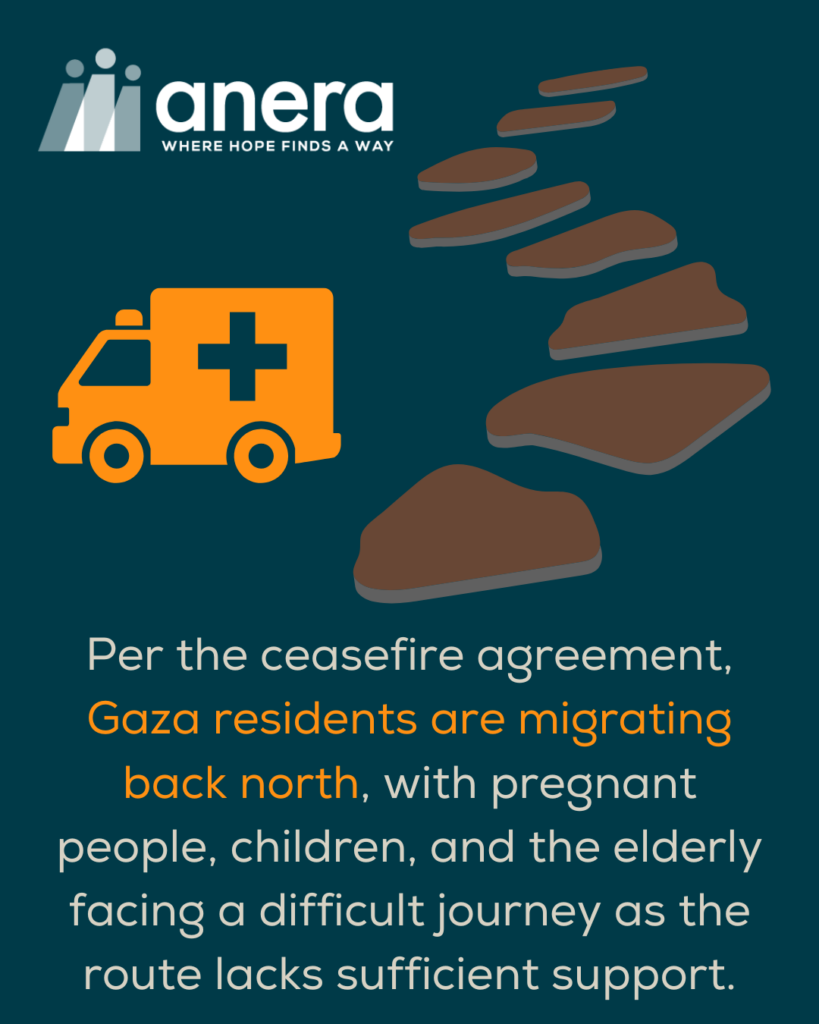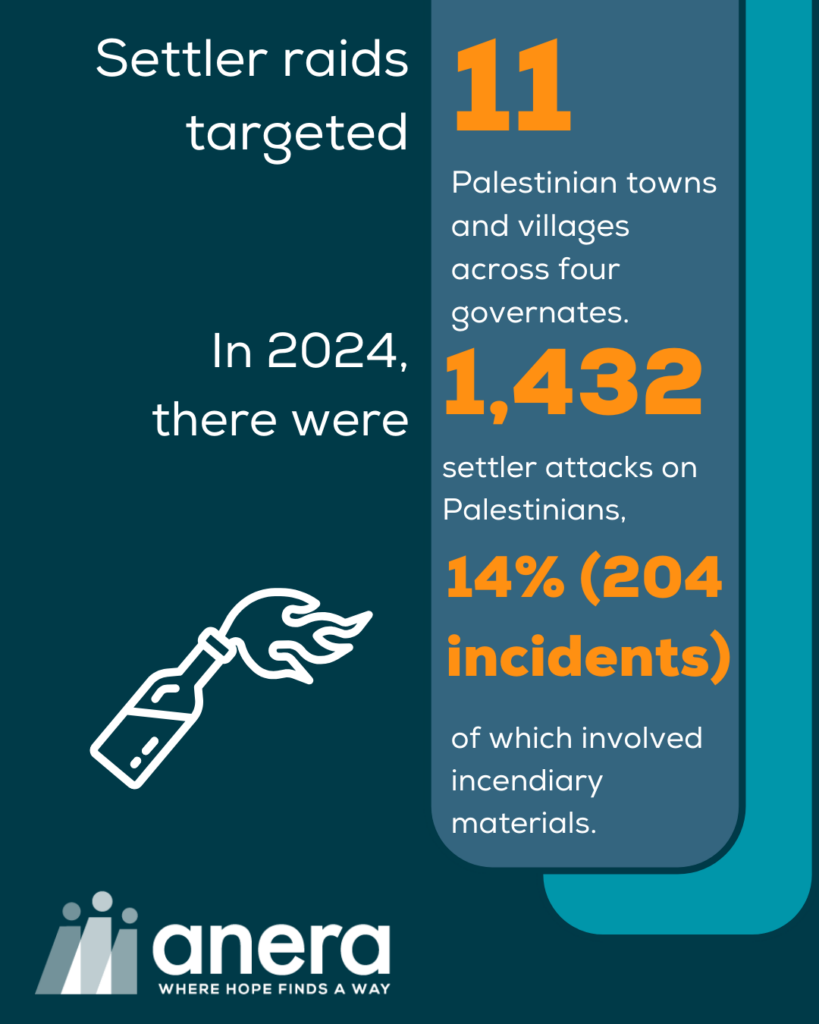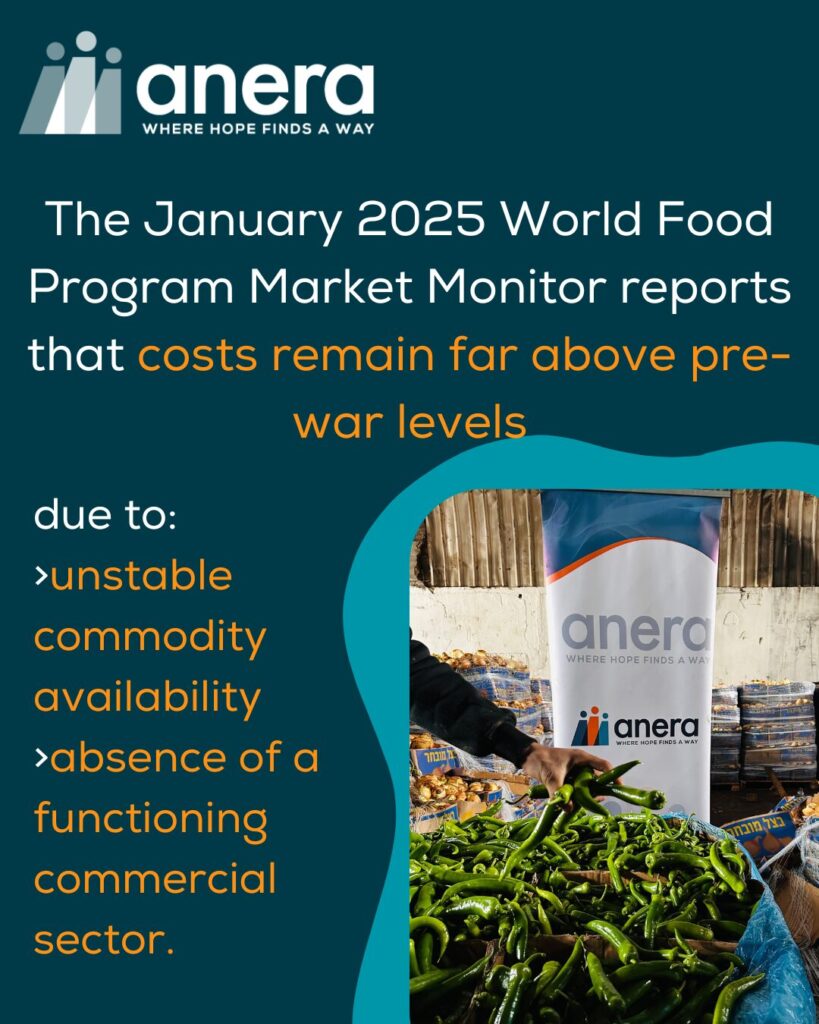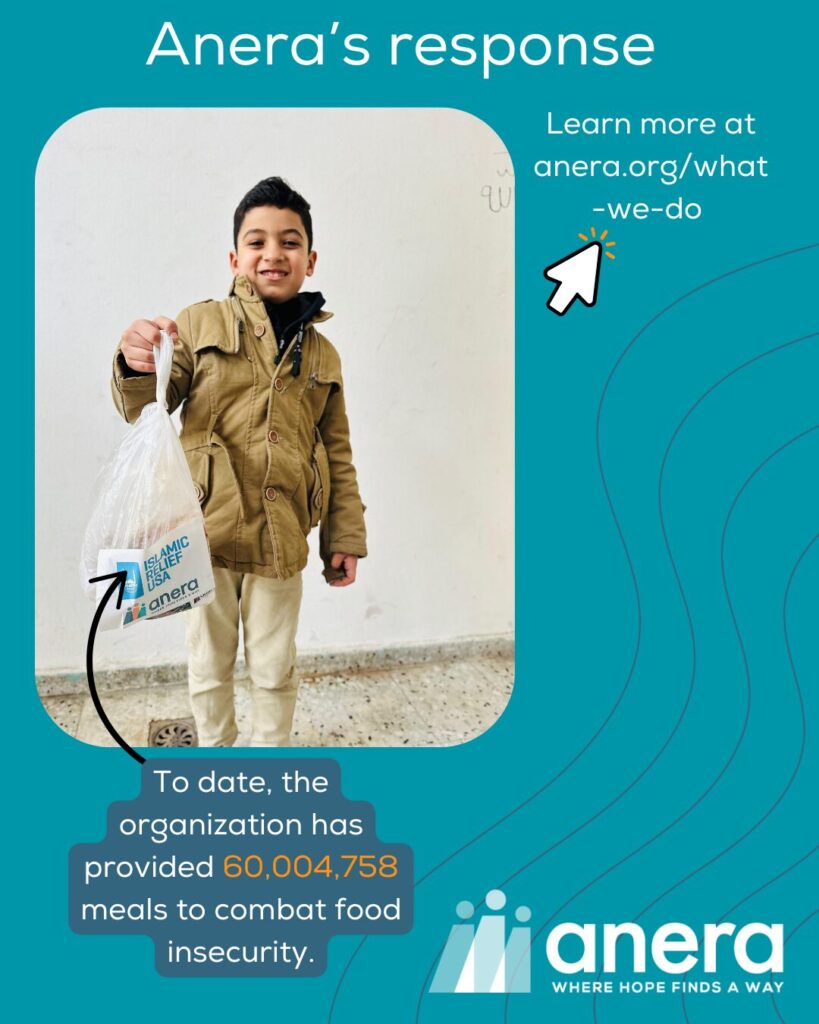Palestine Situation Report | February 2025
Posted in: Report
>>> Read the Situation Report
On January 19, 2025, at 11:15 a.m. local time, a ceasefire between Israel and Palestinian armed groups took effect. The first 42-day phase includes the withdrawal of Israeli forces from population centers, excluding designated buffer zones, and a phased withdrawal from the Netzarim corridor. The agreement also stipulates that there should be a large-scale expansion of humanitarian aid into Gaza.
On January 27, the Israeli military issued instructions to Gaza residents based on the ceasefire agreement, allowing residents to return on foot to northern Gaza. However, this return journey remains difficult for many, prompting UNICEF to emphasize the need to scale up humanitarian effort.
In the first four days of the ceasefire, the UN and its partners distributed incoming aid to warehouses, emergency shelters, and distribution centers while scaling up services across Gaza.


Violence in Gaza and the West Bank
Since the ceasefire began on January 19, the Ministry of Health teams have recovered 467 bodies from previously inaccessible areas as of February 4th.
On January 28, UNHCR expressed deep concern over the ongoing killings of Palestinians since the ceasefire began, particularly in and around vaguely defined and poorly communicated “buffer zones” in Gaza.
On January 21 – two days after the ceasefire took effect in Gaza — Israeli forces launched an operation in Jenin in the West Bank involving ground troops, helicopter gunfire, and airstrikes. As of January 30, the ongoing operation in Jenin City and its refugee camp has led to 17 deaths, extensive destruction of homes and infrastructure, and significant displacement.
In the West Bank, the hostilities since October 2023 have caused a total of 835 fatalities and 6,500 injuries.


Displacement and Shelter
Since October 2023, more than 90% of Gaza’s population has been displaced, with individuals displaced an average of six times and some as many as 19 times. Forced displacement orders were issued repeatedly, often with little to no warning, while designated “safe zones” remained under bombardment and lacked basic infrastructure and necessities.
As of February 3, two weeks into the ceasefire, over 565,082 people have moved from southern to northern Gaza.
In the West Bank, the Israeli hostilities displaced approximately 6,810 people.
Health
In a press conference on January 20, the Palestinian Civil Defense in Gaza reported severe losses after 470 days of hostilities. Ninety-nine personnel were killed, 319 injured, and 27 were detained.
Conservative estimates suggest that 20% of Gazan’s have permanent disabilities, with thousands of children losing one or both legs due to the hostilities.
Rehabilitation services are severely constrained, and assistive devices — such as hearing aids, crutches, and wheelchairs — many of which have been lost or damaged during multiple rounds of forced displacement, have not been approved for entry into Gaza.
Over 48,000 pregnant women are experiencing catastrophic food insecurity.


Education
Almost 90% of all schools in Gaza were severely damaged or destroyed as a result of the war. The destruction of educational institutions has left 624,000 young people without access to schooling for more than an entire year. No universities remain standing in Gaza.
Food Security and Livelihoods
As of December 2024, the FAO reported that 11,293 hectares (75%) of cropland in Gaza had been damaged. With 96% of cattle lost and milk production nearly halted, only 1% of poultry remains alive.
Between November and December 2024, the Site Monitoring Analysis showed that in 87% of assessed sites, individuals reported that nobody or very few people had access to sufficient food.


Water, Sanitation, and Hygiene (WASH)
A field assessment by the Palestinian Water Authority during the first two days of the ceasefire revealed that up to 70% of Water, Sanitation, and Hygiene (WASH) facilities in North Gaza have been damaged, severely limiting water availability.
An analysis conducted by the Site Management Working Group between November 4 and December 16 revealed that in 51% of sites, individuals reported that nobody or very few people had access to enough drinking water.
At least 800,000 women and girls lack regular access to essential hygiene items, such as sanitary pads, soap, and shampoo. In addition to this, the lack of private space and safe WASH facilities in the overcrowded areas, which have been unilaterally designated as a “humanitarian zone” by the Israeli authorities, puts all women and girls at risk of at least one form of gender-based violence.


Humanitarian Access
Following the ceasefire implementation, coordination with Israeli authorities for humanitarian aid movement within Gaza is no longer required, except for operations within buffer zones.
Since the ceasefire began, there has been a significant increase in the daily entry of supplies into Gaza.
However, the more than 2 million people of Gaza, half of them children, continue to face significant shortages of basic necessities, including water, food, and medical care.
Anera’s Response
Anera is preparing for the months ahead by adopting a three-phase plan for transitioning from relief to recovery. In phase one, Anera is intensifying its operations to address immediate needs, expanding aid distribution and critical services. Phase two will continue and expand the humanitarian response, ensuring displaced families receive ongoing support. Phase three will focus on recovery and resilience-building, helping communities restore livelihoods and essential services for long-term stability.


OUR BLOG
Related
In Gaza, where families are often living on the edge of survival, Anera’s comprehensive healthcare services offer a lifeline for mothers and children to address issues like malnutrition, breastfeeding support, and maternal care. The Challenges Mothers Face The challenges faced…
With support from the Lebanon Humanitarian Fund, we’re providing urgent humanitarian assistance. The recent war between Israel and Lebanon has left southern Lebanon, the southern suburbs of Beirut, and parts of the Bekaa Valley reeling from destruction. Entire neighborhoods have…
In this log, Anera provides updates on unfolding war in Palestine and our response. Please stay tuned here for the latest information. To subscribe for weekly updates via SMS on our response in Gaza, text GAZA to 1-866-549-0055. Questions? See…
